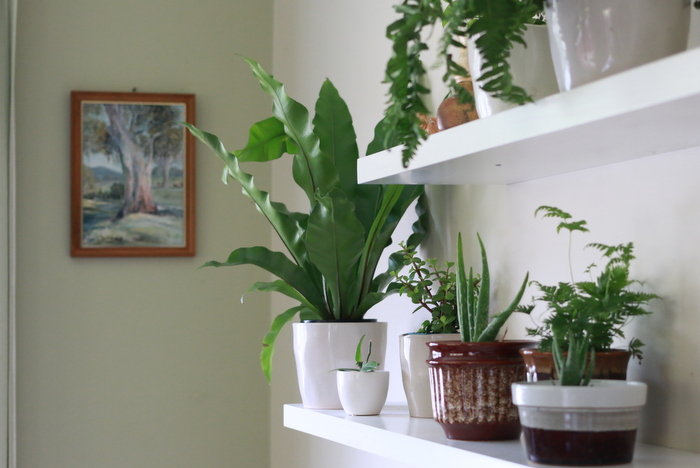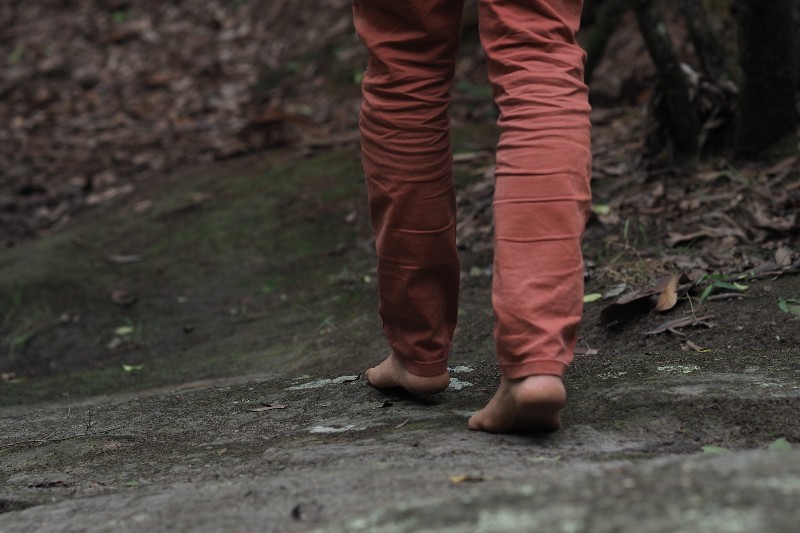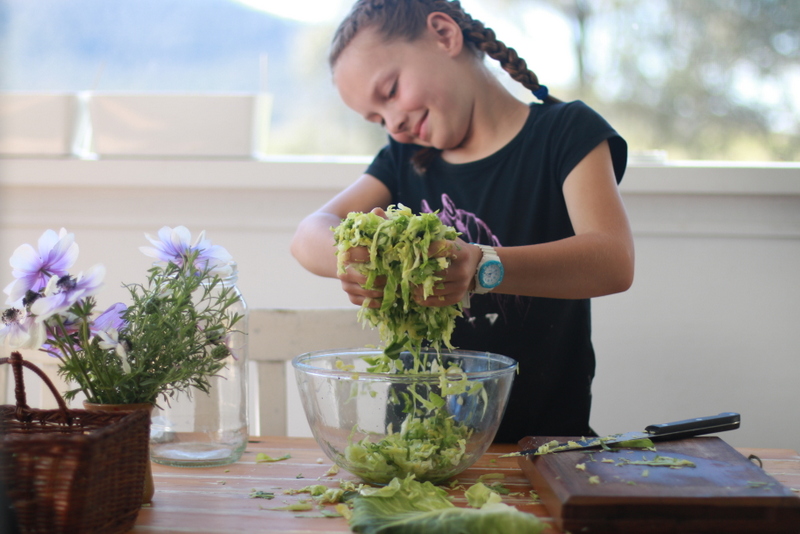Indoor plants can improve our mood, purify the air and even nurture our creativity. But to enjoy the benefits of indoor plants, it’s important to keep them healthy.
A wilting, brown plant is not going to be very effective at improving mood or air quality.
Indoor plants only need a little love and attention to thrive.
I’m in the midst of collecting a few new indoor plants. We’re prettying up our city home for sale, but own a lot less stuff than we did when we lived here two years ago. So I’m filling empty spaces with plants. They don’t cost much and make me feel a little closer to nature.
With so many new plants to care for, I’ve refreshed my knowledge of indoor plant care.
The fist step is to get to know each plant.
Find out its name – read the tag or browse an indoor plant book from your local library. Each plant will have different preferences for light, water and nutrients. Once you know its name, you can go in search of more information that will help you meet its needs.
You can’t avoid getting to know the requirements of each individual plant – unless you are happy to learn from your mistakes.
I’ve killed many maidenhair ferns. I even managed to almost kill a friend’s maidenhair fern when house-sitting for only a week. Maidenhair ferns don’t like to dry out, even for a few hours. So it’s important to water them regularly. On the other hand, most indoor plants don’t tolerate waterlogged roots and prefer their soil to dry out between watering.
I water my ferns regularly, at least once a week, ensuring their soil remains damp. I water the other plants far less often. I judge soil moisture by poking a finger into the soil and only water if the soil feels dry.
How you water is also important.
For most house plants, it is better to water less often and more deeply than to offer light frequent watering. I like to soak my plants in a bucket of water, submerging until air bubbles have stopped appearing – indicating that the soil is saturated. I then place pots in the bath or shower to drain.
Location, location, location.
Location is important for indoor plants. It’s important to match the plant to the light level. A well-lit position near a north-facing window (for those of us in the southern hemisphere) will suit most plants.
In other locations where there’s less light (for example a small south-facing window) or too much light (such as the sill of a west-facing window), you’ll need to choose your plants carefully.
I’m adding plants to a relatively dark room with only a small south-facing window. I’m choosing shade-tolerant plants like the peace lily, ferns, philodendron or a Rex begonia. They should do fine in the dark conditions for a while, but I’ll need to move them to a lighter area occasionally for them to thrive.
Fertilise regularly
Most indoor plants will do best with regular applications of fertiliser. I add liquid fertiliser or worm wee to my watering bucket around once a month.
Annual check-up
Once a year, usually in spring, I add a layer of worm castings on top of the soil.
I also repot any plants that look like they have outgrown their pot or need some extra love. It’s important to use a good quality, lightweight potting mix.
Singing or talking to your plants apparently does help them thrive. So don’t forget to play them music or sing them a song.
Originally published in the Newcastle Herald Monday 2nd March 2015.



